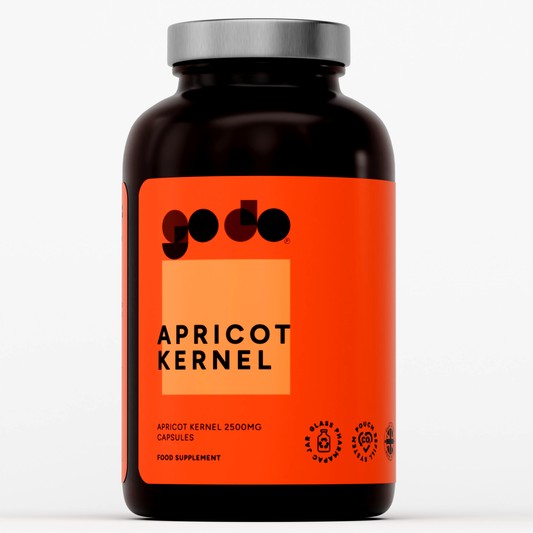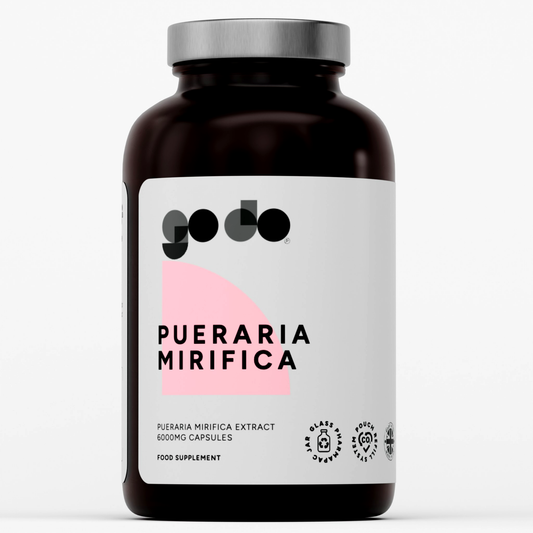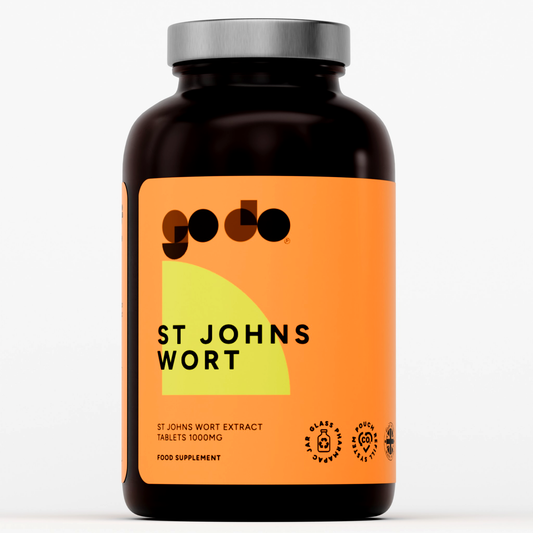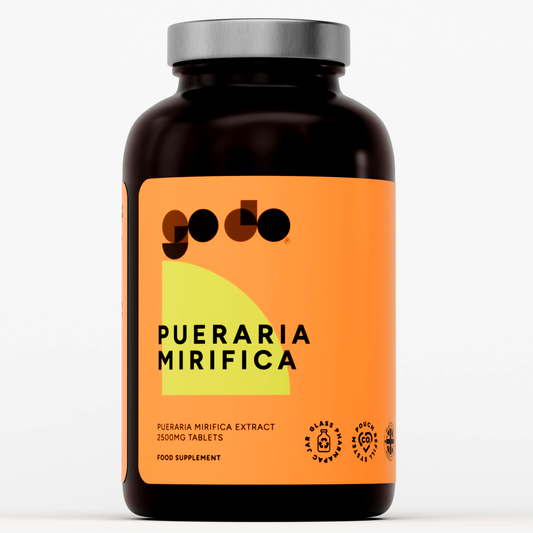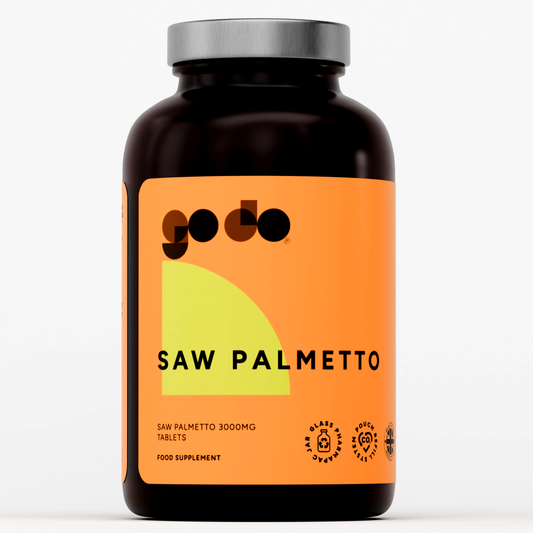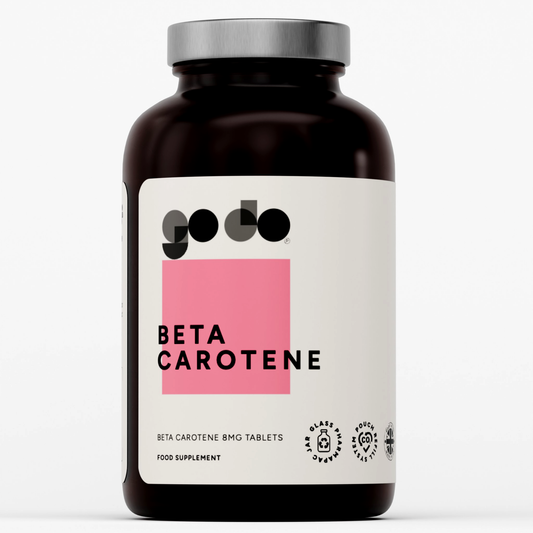We explain the digestion system process from food to nutrients and how they enter our body’s system.
The mouth this where digestive process begins, the route for digestion is natural routine which takes place inside our body when we eat food .
Firstly foods which are eaten have to be broken down into component nutrients. This means the breaking down of complex foods into a much simpler form, molecules which the body can then absorb and use for body building, ATP renewal and producing energy.
Fats are converted into fatty acids and glycerol.
Carbohydrates are converted to monosaccharides ( glucose, fructose and galactose).
Proteins are converted to amino acids.

Food is broken up by the chewing, mixed with enzymes contained in saliva the breakdown process starts.
Once the food is swallowed it passes down the oesophagus to the stomach. Here the food particles are mixed with the gastric juices, the whole mixture is churned to a thin acidic liquid. Very little is absorbed through the stomach wall, only alcohol and fast absorbing drugs such as aspirin.
Knowledge for the amount of time food remains in the stomach can be very important, special for sportive people .
High fat meals will take longer to digest rather than carbohydrate snacks, this will affect pre-event eating pattern.
The sports you are taking part in can also effect the amount of time you leave between eating and exercising.
Example, Racing cyclists can manage to eat close to a high intensity exercise, because lack of body movement. Where runners can’t, because of movement.
Your aim, to have your stomach as empty as possible before you start exercising. This is so the blood is diverted to your muscles quicker during intensive exercise and less energy is focused on the stomach.
The digestive process slows down your performance and any food left in the stomach will feel uncomfortable during the event.



